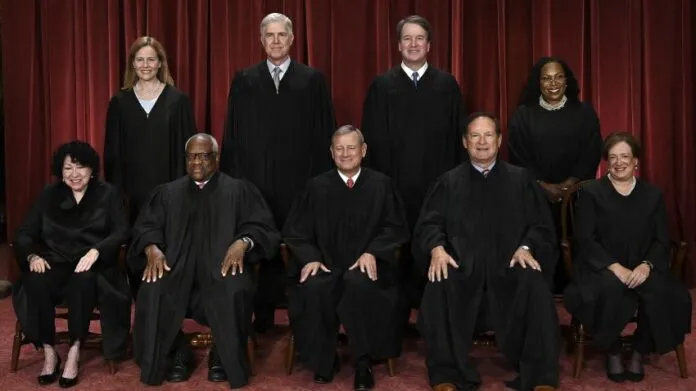The Supreme Court decided the U.S. v. Rahimi case 8-1 on June 21, 2024, offering a mixed bag of firearms-regulation findings.
This case centered on whether 18 U.S.C. 922(g)(8), which bans firearm possession for someone under a civil protective order due to domestic violence, violates the Second Amendment on its face.
Zackey Rahimi was indicted under a federal statute that prohibits individuals subject to a domestic violence-restraining order from possessing a firearm. The District Court denied Rahimi’s motion to dismiss the indictment on Second Amendment grounds.
While Rahimi’s case was on appeal, the Supreme Court decided New York State Rifle & Pistol Assn., Inc. v. Bruen in 2022.
Under the Bruen methodology, Rahimi contended that the Second Amendment protects the firearm rights of all United States citizens and § 922(g)(8) bears no resemblance to any firearm regulations in American history.
The Fifth Circuit agreed with Rahimi and reversed the district court’s decision, concluding that the Government had not shown that Section 922(g)(8) “fits within our Nation’s historical tradition of firearm regulation.”
The government then appealed to the Supreme Court, arguing that the ban does not violate the Second Amendment because the history and tradition of firearm regulations in the United States allow Congress to disarm individuals who are not law-abiding, responsible citizens, such as those subject to civil protective orders.
Chief Justice John Roberts delivered the opinion for the Court, finding, “When an individual has been found by a court to pose a credible threat to the physical safety of another, that individual may be temporarily disarmed consistent with the Second Amendment.”
Associate Justices Alito, Sotomayor, Kagan, Gorsuch, Kavanaugh, Barrett, and Jackson joined in the decision. There were several concurring opinions. Justice Thomas filed a dissenting opinion.
Rahimi’s challenge failed because there were historical analogues in Founding-era gun laws that targeted “dangerous” conduct, such as alleged domestic abusers possessing guns.
The decision said, “Since the Founding, the Nation’s firearm laws have included regulations to stop individuals who threaten physical harm to others from misusing firearms. As applied to the facts here, Section 922(g) fits within this tradition.”
Roberts also wrote in the decision that the right to keep and bear arms “is not unlimited…. The reach of the Second Amendment is not limited only to those arms that were in existence at the Founding. Rather, it ‘extends, prima facie, to all instruments that constitute bearable arms, even those that were not [yet] in existence.’ By that same logic, the Second Amendment permits more than just regulations identical to those existing in 1791.”
In his dissent, Justice Thomas wrote, “Thus, the question before us is not whether Rahimi and others like him can be disarmed consistent with the Second Amendment. Instead, the question is whether the Government can strip the Second Amendment right of anyone subject to a protective order—even if he has never been accused or convicted of a crime. It cannot. The Court and Government do not point to a single historical law revoking a citizen’s Second Amendment right based on possible interpersonal violence. The Government has not borne its burden to prove that §922(g)(8) is consistent with the Second Amendment’s text and historical understanding.”
To read the decision, click the link below.



























